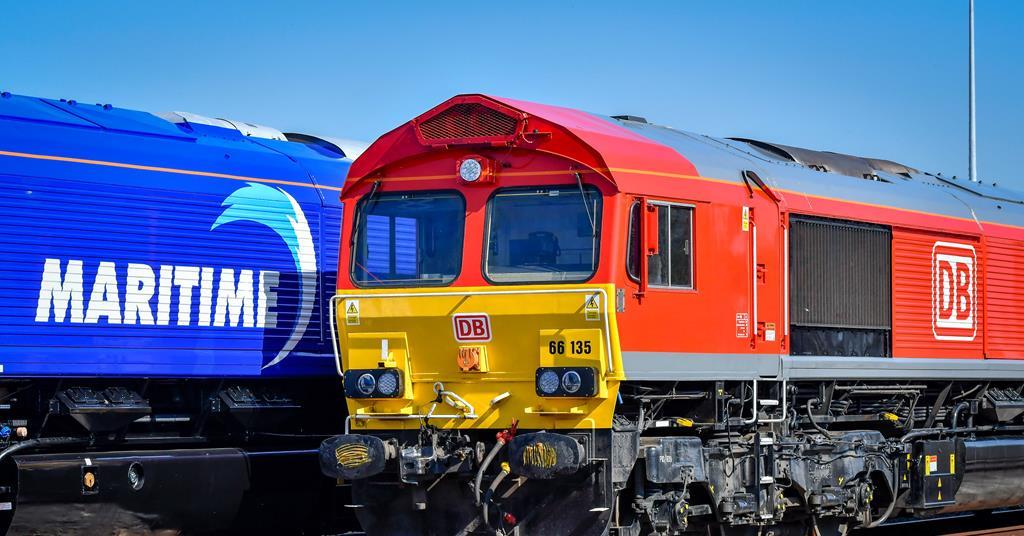The reasons not to as far as I can see:
a) change require a lot of effort (inc lots of paperwork) and DB aren't that enthusiastic about much at the moment
b) you need to give the drivers a very precise set of driving instructions (and have high confidence in all inputs to those calculations behind the instructions)
c) you need the drivers to stick to those instructions
d) they might be worried about finger pointing if things go wrong
Absolutely. And if you think you don't need to do it, then why bother right? IMO, (c) is very difficult. You're slowing down on an upgrade. Notching back to provide less power is counterintuitive.
I've been thinking more about the 2 x 66/0 case overnight. All of your points apply there too. Of course the characteristics are different, but to what extent?
Many people think that the 66/6 is very different to the 66/0 tractive effort wise. In fact, when you consider the whole speed range it actually isn't -because for most of that range the limiting factor is the enginer power - which is 3200 hp. Providing full engine power is available (see below), then power at the rail becomes fairly constant - usually somewhere around the 80% mark due to efficiency losses through the transmission etc. So for a 3200hp loco, RHP will be roughly 2600hp. It will of course vary a little as the control system is varied to balance the engine and electrical load. However, for practical purposes, knowing the rail horsepower (RHP) of 2600, you can now calculate the TE for any given speed PROVIDING full power is available. The equation is TE = (375 * RHP) / MPH (TE in lbf). So for MOST of the speed range, the tractive effort produced at a given speed will be close to identical for 66/0 and 66/6. However, there are "issues" at the top and bottom of the speed range...
Lower gearing ONLY gives you significantly higher TE at the very bottom of the speed range. The TE that can be delivered to the rails is always limited by the lower of what the specific adhesion allows and what the traction equipment allows. Eventually, these limits are no longer a factor and full engine power is available to be transmitted to the rails. Providing there is good adhesion, then it's the electrical equipment that dictates this point. Once 66/0 and 66/6 have both reached this point, where full engine power is available, then their TE at a given speed will be roughly equal.
At the top end of the speed range there comes a point where the power unit is unable to provide enough power to overcome the reverse current being generated by the motors. This is often referred to as the unloading point. From this point, full power is no longer available at the rail, and starts to decrease with increased speed. Due to its lower gearing, this unloading point will come at a lower speed for a 66/6. From this point on, the 66/0 will have higher TE for any given speed. This is why the 66/6 has a lower maximum speed than the 66/0.
With that knowledge, if we now go back to the issues of couplings, we can see all the issues apply for any combination of locomotives. When talking about 66/0 and 66/6, the only differences relevant come at the bottom of the speed range. Since full power is available on both 66/0 and 66/6 well below the speeds you quoted (20 - 30mph), then clearly, the issues you've raised apply to 2 x 66/0 as well. To the point where you could possibly argue that making 66/6 a special case with regards to multiple working almost doesn't make sense. It feels too complicated and costly to bother. Which takes us back to the Mendip 66/6s. Do they have special instructions for drivers, or are the couplings simply just strong enough?

